Anpassungsfähigkeit und Resilienz des Finanzsystems
Diese Forschungsgruppe untersucht kritische Aspekte der Anpassungsfähigkeit und Widerstandsfähigkeit von Finanzsystemen. Sie analysiert die Auswirkungen von Naturkatastrophen auf Finanzsysteme, die Auswirkungen politischer Präferenzen für die grüne Transformation und die Bedeutung von Kultur in den Volkswirtschaften.
Forschungscluster
Finanzresilienz und RegulierungIhr Kontakt

- Abteilung Finanzmärkte
PROJEKTE
08.2022 ‐ 07.2025
OVERHANG: Schuldenüberhang und grüne Investitionen – die Rolle von Banken für den klimafreundlichen Umgang mit emissionsintensiven Anlagenvermögen
Bundesministerium für Bildung und Forschung (BMBF)
Ziel von OVERHANG ist es, die Rolle von Banken für den klimafreundlichen Umgang mit emissionsintensiven Anlagevermögen zu untersuchen. Hierdurch sollen politikrelevante Erkenntnisse zu Finanzregulierung, staatlich kontrollierter Kreditvergabe und Finanzstabilität identifiziert sowie eine Sensibilisierung der verschuldeten Akteurinnen und Akteuren erreicht werden.
Das Projekt wird vom Bundesministerium für Bildung und Forschung (BMBF) finanziert.
01.2015 ‐ 12.2019
Interactions between Bank-specific Risk and Macroeconomic Performance
Deutsche Forschungsgemeinschaft (DFG)
07.2016 ‐ 12.2018
Relationship Lenders and Unorthodox Monetary Policy: Investment, Employment, and Resource Reallocation Effects
Leibniz-Gemeinschaft
We combine a number of unique and proprietary data sources to measure the impact of relationship lenders and unconventional monetary policy during and after the European sovereign debt crisis on the real economy. Establishing systematic links between different research data centers (Forschungsdatenzentren, FDZ) and central banks with detailed micro-level information on both financial and real activity is the stand-alone proposition of our proposal. The main objective is to permit the identification of causal effects, or their absence, regarding which policies were conducive to mitigate financial shocks and stimulate real economic activities, such as employment, investment, or the closure of plants.
Referierte Publikationen
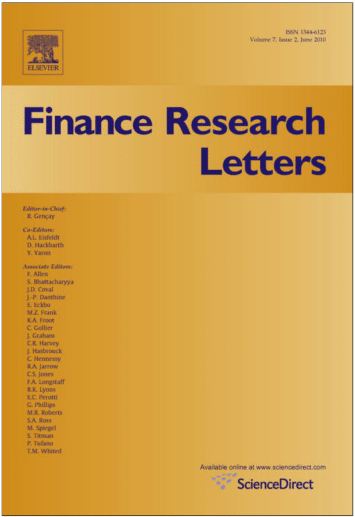
Badly Hurt? Natural Disasters and Direct Firm Effects
in: Finance Research Letters, 2019
Abstract
We investigate firm outcomes after a major flood in Germany in 2013. We robustly find that firms located in the disaster regions have significantly higher turnover, lower leverage, and higher cash in the period after 2013. We provide evidence that the effects stem from firms that already experienced a similar major disaster in 2002. Overall, our results document a positive net effect on firm performance in the direct aftermath of a natural disaster.
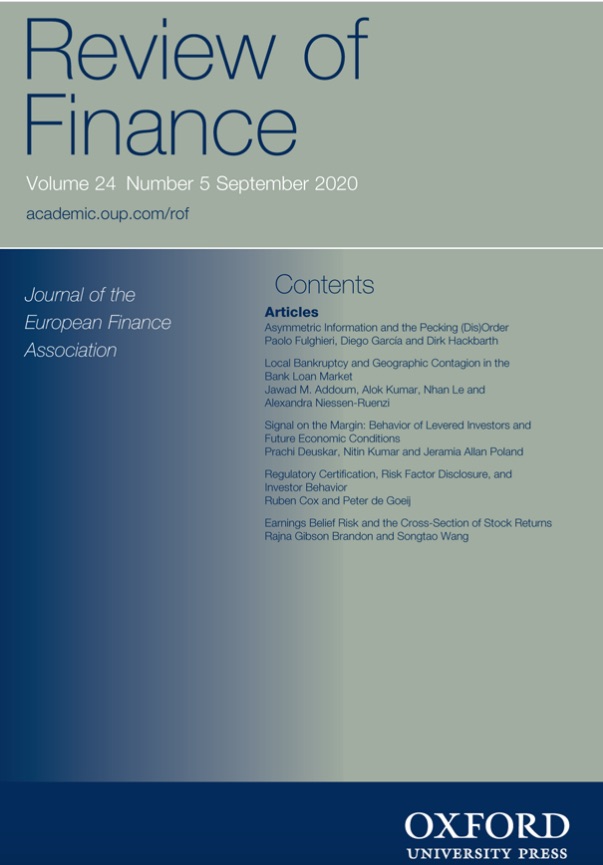
How Do Banks React to Catastrophic Events? Evidence from Hurricane Katrina
in: Review of Finance, Nr. 1, 2019
Abstract
This paper explores how banks react to an exogenous shock caused by Hurricane Katrina in 2005, and how the structure of the banking system affects economic development following the shock. Independent banks based in the disaster areas increase their risk-based capital ratios after the hurricane, while those that are part of a bank holding company on average do not. The effect on independent banks mainly comes from the subgroup of highly capitalized banks. These independent and highly capitalized banks increase their holdings in government securities and reduce their total loan exposures to non-financial firms, while also increasing new lending to these firms. With regard to local economic development, affected counties with a relatively large share of independent banks and relatively high average bank capital ratios show higher economic growth than other affected counties following the catastrophic event.
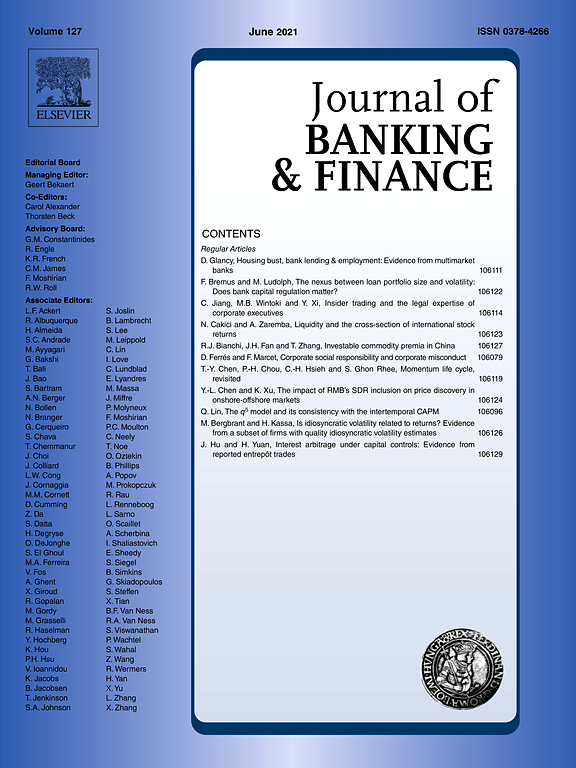
Senior Debt and Market Discipline: Evidence from Bank-to-bank Loans
in: Journal of Banking and Finance, 2019
Abstract
We empirically investigate whether taking senior bank loans would enhance market discipline and control risk-taking among borrowing banks. Controlling for endogeneity concern arising from borrowing bank self-select into taking senior bank debt, we document that both the spreads and covenants in loan contracts are sensitive to bank risk variables. Our analysis also reveals that borrowing banks reduce their risk exposure after their first issuance of senior bank debt. We also find that lending banks significantly increase their collaboration with borrowing banks and increase their presence in the home markets of borrowing banks.

Accounting Quality in Banking: The Role of Regulatory Interventions
in: Journal of Banking and Finance, 2018
Abstract
Using the full sample of U.S. banks and hand-collected data on enforcement actions over 2000–2014, we analyze the role of these interventions in promoting several aspects of accounting quality. We find that enforcement actions issued for both risk-related and accounting-related reasons lead to significant improvements in accounting quality. This improvement is consistently found for earnings smoothing, big-bath accounting, timely recognition of future loan losses, the association of loan loss provisions with future loan charge offs, loss avoidance, and cash flow predictability and earnings persistence. Most of the effects are somewhat more potent in the crisis period and survive in several sensitivity tests. Our findings highlight the imperative role of regulatory interventions in promoting bank accounting quality.
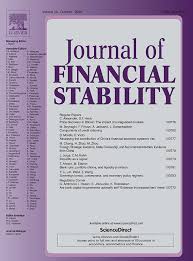
SMEs and Access to Bank Credit: Evidence on the Regional Propagation of the Financial Crisis in the UK
in: Journal of Financial Stability, 2018
Abstract
We study the sensitivity of banks’ credit supply to small and medium size enterprises (SMEs) in the UK with respect to the banks’ financial condition before and during the financial crisis. Employing unique data on the geographical location of all bank branches in the UK, we connect firms’ access to bank credit to the financial condition (i.e., bank health and the use of core deposits) of all bank branches in the vicinity of the firm for the period 2004–2011. Before the crisis, banks’ local financial conditions did not influence credit availability irrespective of the functional distance (i.e., the distance between bank branch and bank headquarters). However, during the crisis, we find that SMEs with banks within their vicinity that have stronger financial conditions faced greater credit availability when the functional distance is close. Our results point to a “flight to headquarters” effect during the financial crisis.
Arbeitspapiere
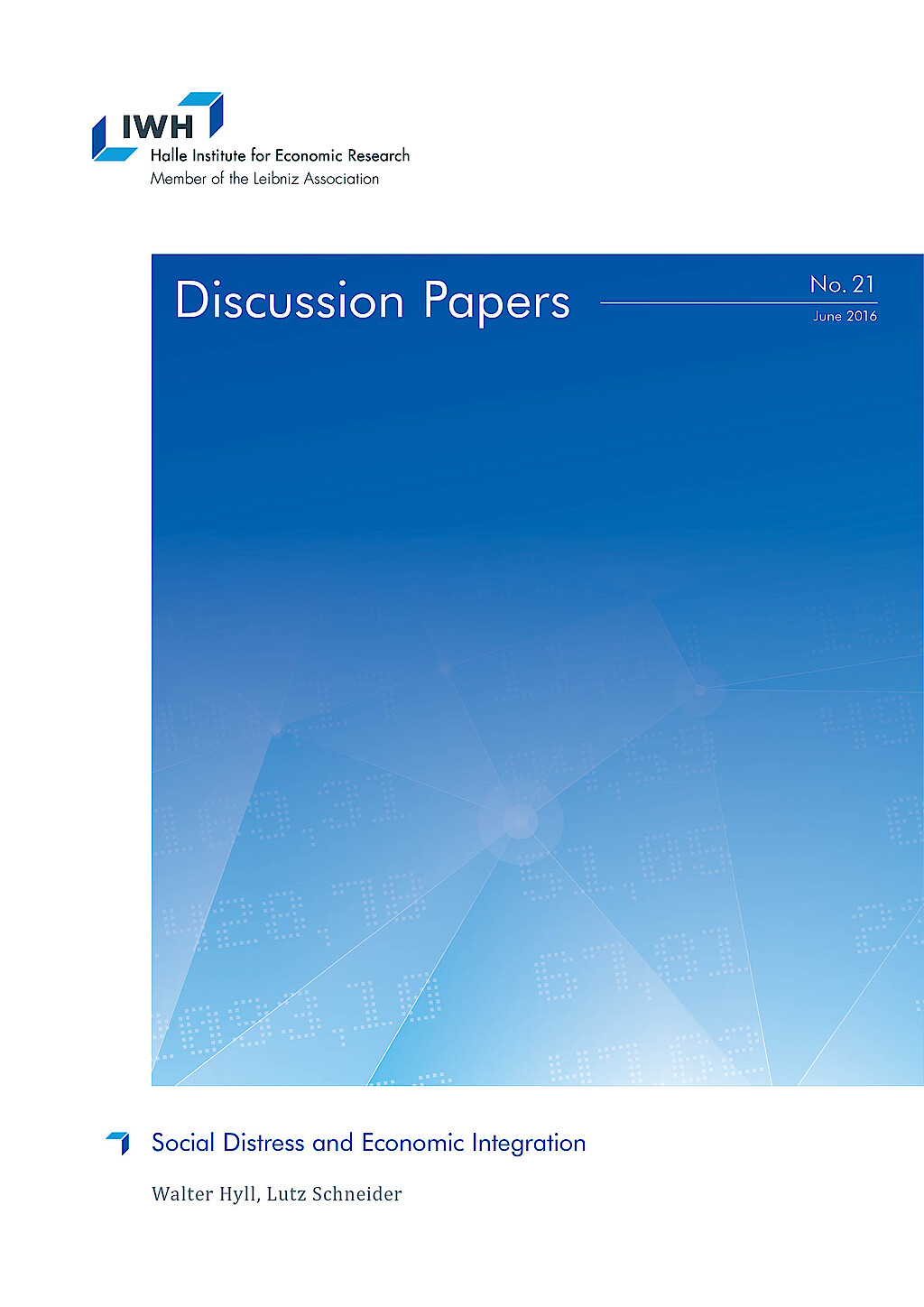
Corporate Governance Structures and Financial Constraints in Multinational Enterprises – An Analysis in Selected European Transition Economies on the Basis of the IWH FDI Micro Database 2013 –
in: IWH Discussion Papers, Nr. 3, 2015
Abstract
In our analysis, we consider the distribution of decision power over financing and investment between MNEs’ headquarters and foreign subsidiaries and its influence on the foreign affiliates’ financial restrictions. Our research results show that headquarters of multinational enterprises have not (yet) moved much decision power to their foreign subsidiaries at all. We use data from the IWH FDI Micro Database which contains information on corporate governance structures and financial restrictions of 609 enterprises with a foreign investor in Hungary, Poland, the Czech Republic, Slovakia, Romania and East Germany. We match data from Bureau van Dijk’s AMADEUS database on financial characteristics. We find that a high concentration of decision power within the MNE’s headquarter implicates high financial restrictions within the subsidiary. Square term results show, however, that the effect of financial constraints within the subsidiary decreases and finally turns insignificant when decision power moves from headquarter to subsidiary. Thus, economic policy should encourage foreign investors in the case of foreign acquisition of local enterprises to leave decision power within the enterprise and in the case of Greenfield investment to provide the newly established subsidiaries with as much power over corporate governance structures as possible.



















